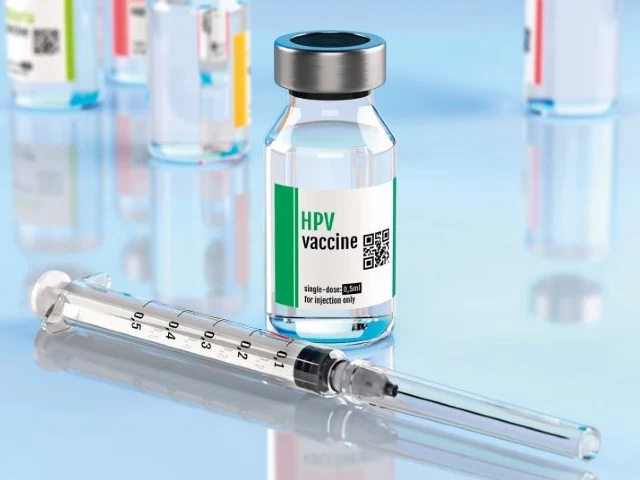
What is HPV? HPV Prevention Methods
HPV (human papilloma virus) is the most frequent sexually transmitted viral infection and one of the hardest to notice before it’s too late. It is becoming increasingly common due to greater sexual freedom and global mobility. According to World Health Organization data, approximately 80% of sexually active people will be infected with HPV at some point in their lives. Although most HPV cases are eliminated by the immune system, about a quarter of them becomes persistent and pose a serious cancer risk.
There are different types of HPV, and each can manifest itself in different body parts like mouth, throat, anus or cervix. Although sexual contact is the main cause of this disease, it is not the only one. The disease can also be contracted when hygiene rules are not followed.
One of the characteristics that make HPV risky is that nearly 90% of cases show no symptoms.
What are the symptoms of HPV?
HPV (Human Papilloma Virus) infection often progresses without symptoms, but in some cases, it manifests itself with visible symptoms, discomfort, or skin reactions. HPV symptoms include:
- Genital warts
- Skin warts
- Oral and throat lesions
- Itching and irritation
- Changes in skin color
- Cellular changes in the cervix
How is HPV diagnosed?
There is no general test available for HPV diagnosis. In cases of suspicion, separate screening tests are required for women and men.
In women, the most feared result of the disease is cervical cancer, thus ideal testing searches for signs of cervical cancer. This effective procedure is known as the HPV-Pap Smear Test which looks for mutated cervix cells. Women between the ages of 30 and 65 are advised to have this test every five years. With the HPV DNA test developed in recent years, the presence of the virus can also be detected directly.
There is no routine test recommended for men, but the most reliable test in cases with suspicious symptoms is a local biopsy.
HPV prevention methods
- Vaccination: The most effective method, providing approximately 90% protection against HPV types that cause cancer.
- Safe sex: Significantly reduces risks but does not provide complete protection.
- Regular screening (Pap/HPV test): The most reliable method for detecting precancerous changes in women at an early stage.
- Physical examination: A simple examination that you can do yourself or have done by a dermatologist allows you to detect warts early.
- Healthy lifestyle: Avoiding smoking and alcohol, eating a healthy diet, and getting enough sleep strengthens the immune system and significantly reduces the risk of persistent HPV.
How effective is the HPV vaccine?
The HPV virus is the most important risk factor for cervical cancer in women and can be prevented by up to 90% with the vaccine. The most commonly used HPV vaccines on the market are the bivalent vaccine and the quadrivalent vaccine. The bivalent vaccine provides protection against HPV types 16 and 18, which are the most common causes of cancer. The quadrivalent vaccine provides protection against HPV types 16 and 18, as well as HPV types 6 and 11, which are the most common causes of genital warts. The HPV vaccine, known as the quadrivalent vaccine, is approved by the FDA and can be administered to both girls and boys.
When administered to girls or women before they are exposed to the virus, this vaccine prevents a significant proportion of cervical cancer cases. It also protects against vaginal and vulvar cancer. In addition, the HPV vaccine helps prevent genital warts, anal cancer, oral cancer, and head and neck cancer in both men and women.



